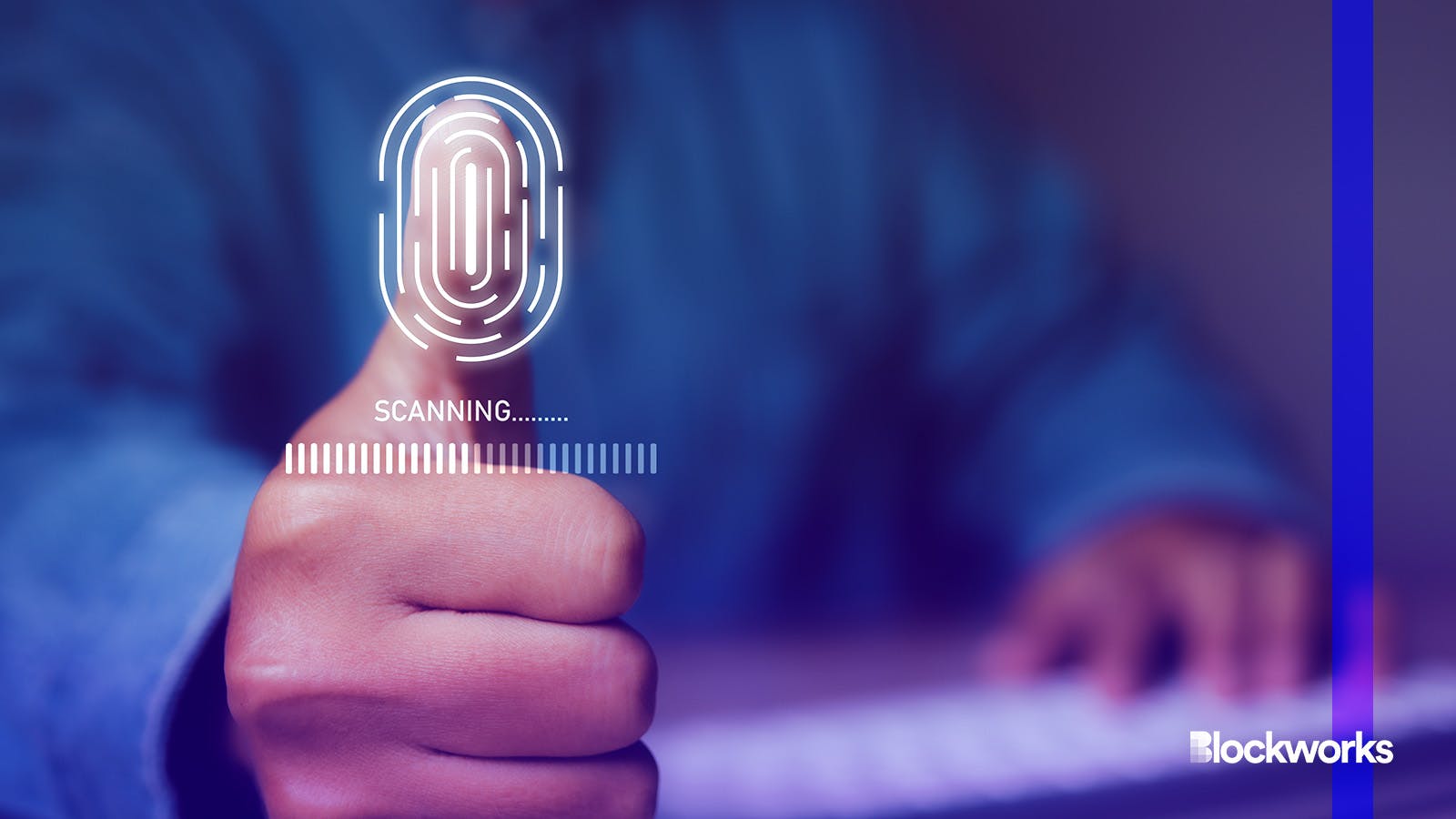Aleo blockchain adds zPass, a ZK protocol for verifying identities
zPass is based on a research paper on “zk-creds” designed to use zero knowledge for age verification

nuruddean/Shutterstock modified by Blockworks
A protocol designed to use zero knowledge cryptography to verify identities has landed on the Aleo blockchain, a zero knowledge privacy (ZKP) network.
The protocol, called zPass, enables users to upload identity documents offline to privacy servers and share anonymous “proofs” to organizations. As a result, these companies do not need to store this data themselves.
Users who generate their own proofs can then determine exactly who they share their information with and just how much personal data they wish to reveal.
Alex Pruden, Aleo’s CEO, told Blockworks in an interview that zPass represents the implementation of a research paper into zk-creds.
“The idea of zk-creds was to take a US passport, create a digital record from it, then use that record for age verification purposes,” Pruden said.
Pruden explained that on zPass, a two-step process helps ensure that individual identities are safely verified. First, the issuance of the record on-chain is based on the existence of a physical record, and then it is the ability for each individual to control their own privacy keys which generate the proof of identity.
Read more: Mastering decentralized identity: The pillar of Web3
“The key piece of what zk-creds and zPass does is to issue the identity, and the identity is the document based on a real-world physical document,” he said.
John Reynolds, a product manager for Aleo, noted that existing zk identity systems either rely on centralized proving schemes, or are decentralized but not private.
“A lot of zk identity systems use a centralized proving system or have centralized sequencers — we have a leveraged tailored [layer-1], we have the ability for users themselves to act as provers, they can generate proofs, send those proofs to Aleo, decentralized validators can validate those proofs, and the Aleo blockchain will not push all of this overhead verification to third party systems,” Reynolds told Blockworks in an interview.
On the note of decentralized identity solutions, Reynolds said that because they are not private and information is publicly available on a database, users can be tracked.
“They may not be able to see all your information, but they can see who you’re sharing it with and how often you’re sharing it with them, and can target you as a result of that,” he said.
At launch, zPass will focus primarily on providing zk age verification and creating child-safe spaces online, Reynolds said.
“We want to create a space that supports children and avoids them from being exposed to potential predators or [predatory] content,” he said. “So our main goal [for now] is to lean into age verification.”
Get the news in your inbox. Explore Blockworks newsletters:
- The Breakdown: Decoding crypto and the markets. Daily.
- 0xResearch: Alpha in your inbox. Think like an analyst.






